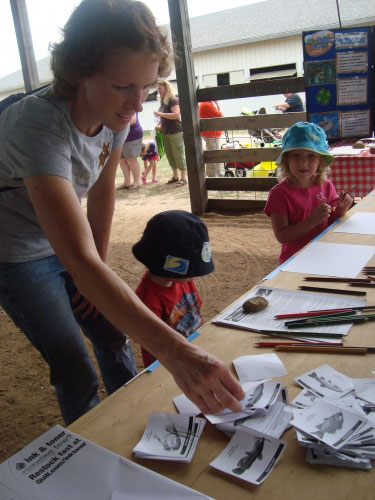Learning grows through do, reflect and apply
Experiential learning expands and connects the educational activities to life skills. This creates a more authentic experience for the learner with application to their community and future.
You may be snapping pictures with young people in a digital photography 4-H club as they explore framing a spectacular scenery photo, guiding a group on a walk through a garden or teaching geography in a middle-school classroom do, reflect and apply works. Do, reflect and apply is often referred to as the experiential learning model.
Expand the 3 steps of do, reflect and apply to the five steps of do, share, process, generalize and apply and you have the basis of the experiential learning model. Long the foundation for 4-H Youth Development’s “Learn by Doing” motto experiential learning is grounded in education research. The Development and Evaluation of Experiential Learning Workshops for 4-H Volunteers highlights the research behind experiential education. The theoretical framework has been explored by numerous authors (Bloom, Dale, Bandura and Kolb) to understand the cognitive development and steps in the learning process. When applied in after-school or out-of-school setting, do,reflect and apply can enhance the youth learning process and develop life skills.

Again, the five steps can simply be whittled to three steps of do, reflect, and apply. The experiential learning model builds on the curiosity of the learner, using the learner’s prior experiences and taking the new experience to a further level with applications to their club, community, and world.
A starting point for information on Curriculum Development | 4-H is available. You can email Sheila Urban Smith, Michigan State University Extension 4-H program leader, smith20@anr.msu.edu or to contact an expert in your area, visit http://expert.msue.msu.edu/ or call 888-MSUE4MI (888-678-3464).



 Print
Print Email
Email





